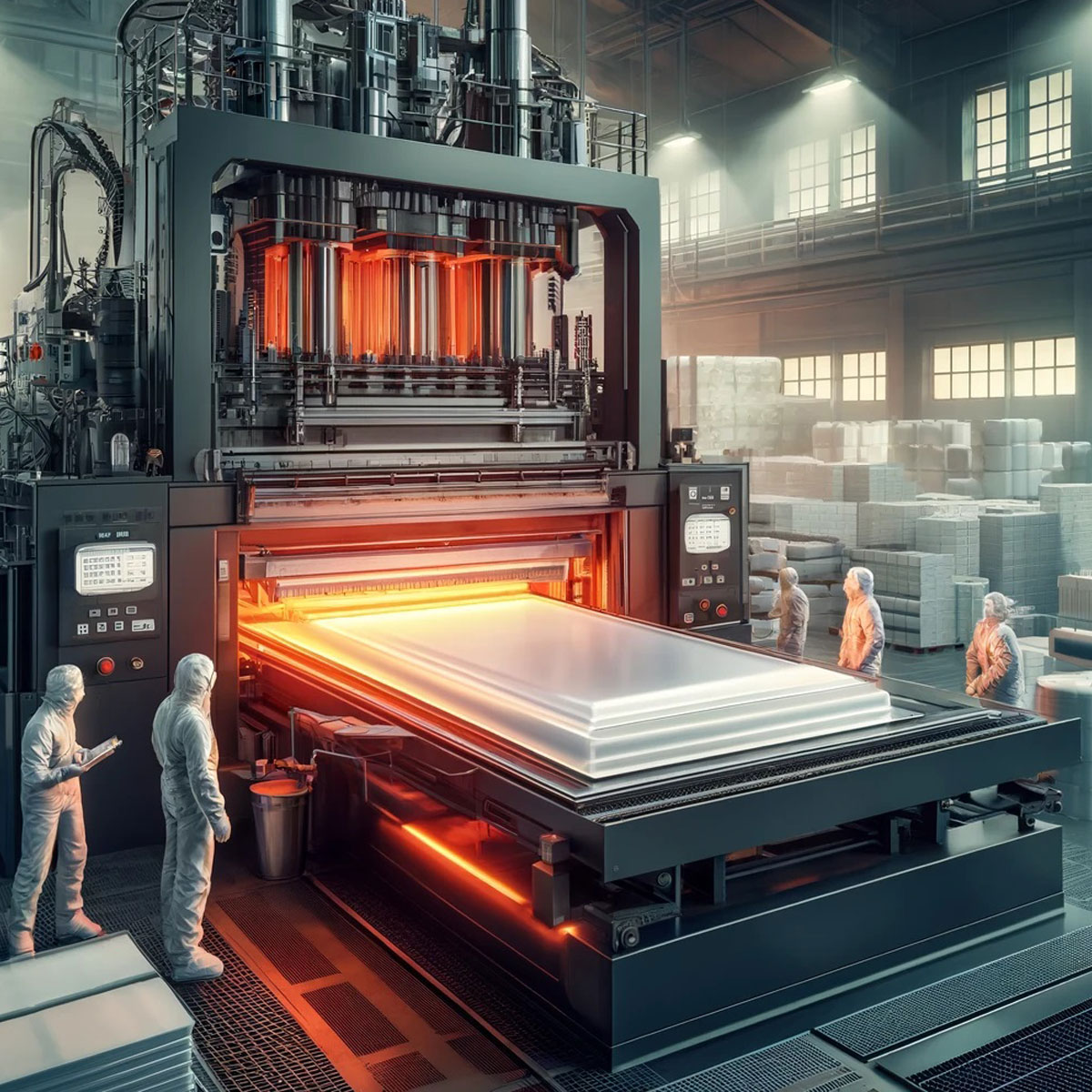What is the difference between vacuum forming and thermoforming?
In the world of plastic manufacturing, two popular methods often discussed are vacuum forming and thermoforming. At SME Plastic, a seasoned leader in plastic production based in Guangzhou, we specialize in offering custom vacuum forming solutions tailored to diverse industry needs. Through this article, we aim to demystify these processes, outline their differences, and help potential users select the right approach for their projects.
What is Thermoforming?
Think of thermoforming as the big picture. It’s a manufacturing process where a plastic sheet is heated to a pliable temperature, then molded into a desired shape using various techniques. This includes vacuum forming, but also encompasses other methods like pressure forming and mechanical forming.
What is Vacuum Forming?
Vacuum forming falls under the umbrella of thermoforming. Here, a heated plastic sheet is stretched over a mold and sealed. A vacuum is then applied, sucking the air out from between the sheet and the mold, forcing the plastic to conform to the mold’s shape. This creates a three-dimensional part with the desired contours.
Key Differences Between Vacuum Forming and Thermoforming
To better understand how vacuum forming stands apart from thermoforming, here’s a comparative table that highlights the primary distinctions:
| Feature | Vacuum Forming | Thermoforming |
|---|---|---|
| Forming method | Utilizes vacuum pressure to shape the plastic | Various methods (vacuum, pressure, mechanical) |
| Complexity of Shapes | Best for simpler, shallow-depth shapes | Can handle more complex shapes |
| Mold Types | Typically uses only single-side molds | Uses both single and twin-sheet molds |
| Cost | More cost-effective for smaller runs | Cost varies; generally more for larger or complex molds |
| Flexibility | Limited to thinner materials | Can work with thicker, heavier materials |
| Production Rate | Faster turnaround for initial production | Slower due to complex setup |
| Tooling Investments | Lower tooling costs | Higher tooling costs |
Why Choose Vacuum Forming?
Choosing between vacuum forming and thermoforming depends on the project requirements. Vacuum forming is your go-to option if:
- You need a cost-effective solution for smaller production quantities.
- Your design requires relatively simple and shallow parts.
- You are looking for quicker prototype development with lower tooling costs.
Applications of Vacuum Forming
At SME Plastic, we specialize in vacuum forming due to its versatility and efficiency. It’s ideal for creating a wide range of products, including:
- Packaging: Clamshells, trays, blisters
- Automotive components: Interior panels, dashboards, door liners
- Point-of-purchase displays: Signage, product holders
- Medical devices: Housings, trays
- Consumer products: Toys, appliance covers
SME Plastic: Your Vacuum Forming Partner
As a leading vacuum forming plastic manufacturer and supplier in China, SME Plastic offers comprehensive solutions tailored to your specific needs. We work with various materials, including ABS, HIPS, PETG, polycarbonate, and more. Our experienced team guides you through the entire process, from design and prototyping to production and delivery.
Conclusion
Understanding the differences between vacuum forming and thermoforming is crucial for selecting the right process for your needs. Each method offers unique benefits, and at SME Plastic, we are equipped to guide you through choosing the most efficient and cost-effective approach for your specific applications.




